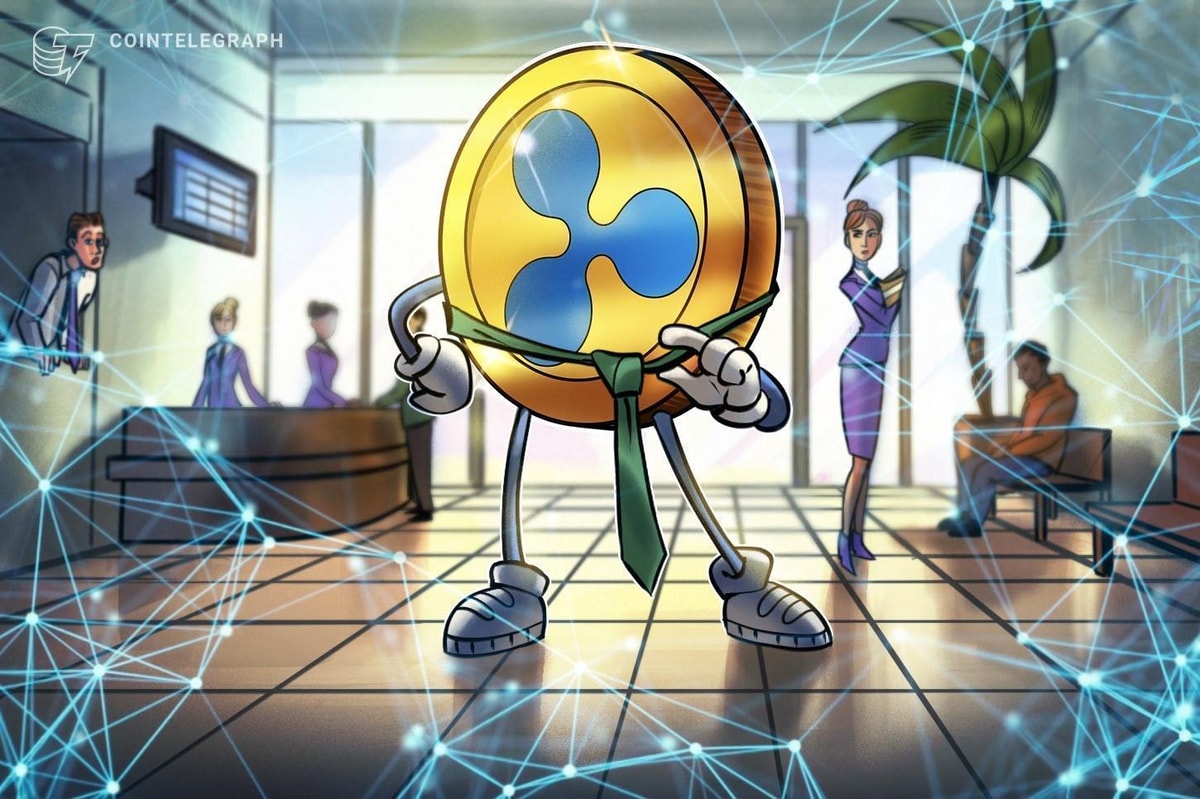Key takeaways:
-
Builders: Look for active repositories, steady commits and external validation to confirm real progress.
-
Usage: Fees and retained revenue matter more than hype — use clean, consistent definitions.
-
Liquidity: Depth and spread across venues show true tradability, not inflated volumes.
-
Token design: Check float, fully diluted valuation and unlock cliffs to spot supply overhang.
-
Security: Audits alone aren’t enough — review who conducted them, when they were done and how upgrades are controlled.
Being early to the table means spotting real progress before the crowd: teams shipping useful code, people actually using the product and designs that won’t collapse at the first unlock or exploit.
There’s plenty to sort through. Developers are shipping across thousands of repositories, while new layer 2s, appchains and protocols launch every week.
This guide offers five simple checks — builders, usage, liquidity, token design and unlocks and security — to help you separate early momentum from a mirage.
1) Builders: Who’s shipping and where
Start with the people and the code. The clearest early sign is a team putting out useful updates in public: multiple active maintainers, recent merges, tests and docs that keep up with new features and recognition in grants or hackathons.
Good places to check include developer reports like Electric Capital for big-picture trends, a project’s GitHub for commit pace and issue activity, hackathon showcases such as ETHGlobal and public grant records like Optimism RetroPGF or Arbitrum.
Steady, consistent progress is better than sudden “big drops,” and builders who win funding or prizes from programs with clear rules and public results stand out. Visible work plus outside validation helps filter out empty projects.
Did you know? Over 18,000 developers contribute each month to open-source Web3 and blockchain projects; Ethereum alone accounts for more than 5,000 active developers monthly.
2) Usage: Are real users doing valuable things?
Once the builders check out, make sure people are actually paying to use the product. Two key metrics matter most: fees (what users spend to access the protocol) and revenue (what the protocol keeps after paying participants like validators or LPs).
Use standard definitions from platforms like Token Terminal so you don’t confuse fees paid to liquidity providers (LPs) or miners with the protocol’s retained take rate. Strong usage shows up as rising fees per user and growing profit alongside steady daily or weekly active wallets — not temporary spikes from incentive programs.
Cross-check metrics with independent sources like Messari or Token Terminal to avoid vanity stats and thin volume. When evaluating total value locked (TVL), ask whether deposits are genuine and active or simply chasing rewards. Favor projects where paid use, retention and take rate rise together, and be cautious of those that lose traction once incentives end.
3) Liquidity: Can you get in and out without moving the market?
Don’t trust trading volume alone. What really matters is order-book depth and consistent spreads (how much money actually sits on the books and how stable it stays during volatility).
Research from firms like Kaiko shows that depth is a stronger measure than raw volume, which can be faked with wash trading.
Look for growing depth across multiple reliable venues and for spreads that stay tight even during peak hours. It’s a red flag if most liquidity is concentrated in a single pool or exchange, or if reported volumes far exceed actual depth — both signal shallow liquidity and a higher risk of slippage.
4) Token design and unlocks: Don’t ignore the supply curve
Many “gems” fail not because the product is bad but because the token design sets them up to fail.
A classic risk is low float paired with a high fully diluted valuation (FDV): Only a small share of tokens circulates, while the price assumes years of growth. When vesting cliffs arrive, new supply can overwhelm demand and drive prices lower.
Always review the unlock schedule first. How much is circulating today? How steep are the cliffs? And will upcoming releases outweigh average daily liquidity?
Research shows how damaging supply overhang can be, especially when insiders hold large allocations. Strong projects publish clear, gradual unlock schedules with defined budgets for the community and liquidity — not vague “ecosystem” pools that can be reallocated without transparency.
5) Security and upgrade path: Audits aren’t the finish line
Security is where many early investors lose money. An audit badge only matters if you know who performed it, what was checked, when it was done and whether the issues were resolved. Review the scope and severity of findings, then examine governance: Can the code be upgraded, and who holds that authority?
Proxies, pause functions and admin keys are standard, but if a single person controls them, the entire protocol could be altered overnight. Ethereum’s own guidance, along with companies like Trail of Bits, emphasizes that audits can reduce risk but never eliminate it.
The strongest signs are multiple recent reviews, upgrades controlled by timelocks and multisigs and transparent reporting of past bugs and fixes. Anything less leaves you exposed to accidents or outright exploits.
A note on airdrops and points: Use momentum and don’t become exit liquidity
Points and airdrops are useful for gauging early momentum, but they don’t guarantee long-term viability. Think of them as an early-user survey: They show where builders and communities are focusing, but the real test comes after the token launches and incentives face real usage.
Recent examples show the pattern. EigenLayer’s Season 1 “stakedrop” had clear rules and a modest initial supply share; it was transparent, but activity still needed to continue after claims opened.
Blast moved from non-transferable points to liquid Blast (BLAST) incentives, shifting attention toward onchain activity and mobile onboarding. Ethena’s campaign sparked a burst of short-term growth — useful for discovery but still requiring a stickiness check once rewards ended.
For any campaign, read the official docs for eligibility, supply share and timing. Then, in the month after claims, track fees, user retention and liquidity depth to see whether activity holds up.
Did you know? In many open-source projects studied historically, a project can be “abandoned” if core developers leave. However, in 41% of those cases, new core developers stepped in and revived it.
Trust in the process
Think of “early” as a process, not a guess. Start with builders and code you can verify, then confirm real usage through clear fee and revenue data so incentives aren’t mistaken for product-market fit. Finally, check liquidity through actual order book depth to ensure trades can be executed without moving the market.
When those signals line up — and token unlocks, upgrade controls and admin powers look solid — you’ve earned the right to keep watching or to take a measured position.
Discipline is what matters most. Risks are still high, and a single incident can wipe out strong fundamentals overnight.
Build a simple gem-scan checklist, note your assumptions, size positions with smart contract and counterparty risk in mind and be ready to walk away often. In the long run, process compounds — fear of missing out (FOMO) never does.
This article does not contain investment advice or recommendations. Every investment and trading move involves risk, and readers should conduct their own research when making a decision.








